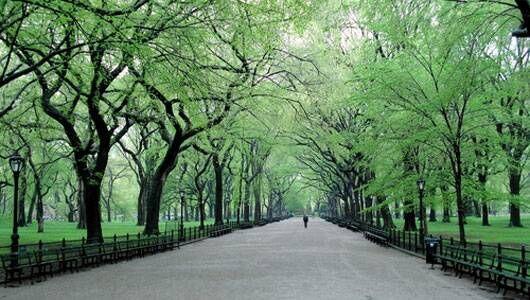Public spaces, squares and parks of New York are managed by the Department of Parks and Recreation City (NYC Parks).
In recent years, this institution has been commissioned to create new programs for children, youth and adults are aware of the importance of protecting the urban landscape.
One of these programs is TreesCount! in 2015 he summoned 2,300 volunteers to learn what are trees that are in your environment, in what state, what care they need, what their actions, how they benefit the population nearby, etc.
For months they went out to walk the streets of the five boroughs with a group of monitors that previously trained to know what were trees that were studied and their characteristics.
Now the information on these walks, which gave rise to a survey of urban forest, is available on a map of trees in the city of New York.En it anyone can review statistics on each of the 685,781 trees catastrados, a calendar of activities related to thecare of the trees, the total number of species and know what the most common in your neighborhood.
Regarding the data of each tree, not left out any details, starting because each was assigned a unique identification number or ID, along with giving you a color depending on the species. It also has its exact location accompanied by its corresponding image on Google Street View, the ability to warn of a problem and a summary of the ecological benefits translated into economic value for each.
The latter means that when choosing a tree on the map you can see the amount of rainwater that holds each year (in gallons) and money prevents this issue is spent each year. The same is estimated electrical energy is achieved conserve, calculated in kilowatt hours (kWh), and reduction of gas pollutants.
All these are formulated according to figures from the US Forest Service to estimate a total of ecological benefits that gives a tree in dollars . In the case of tree image below, this is a benefit to its population amounts to little more than US $ 500 annually.











